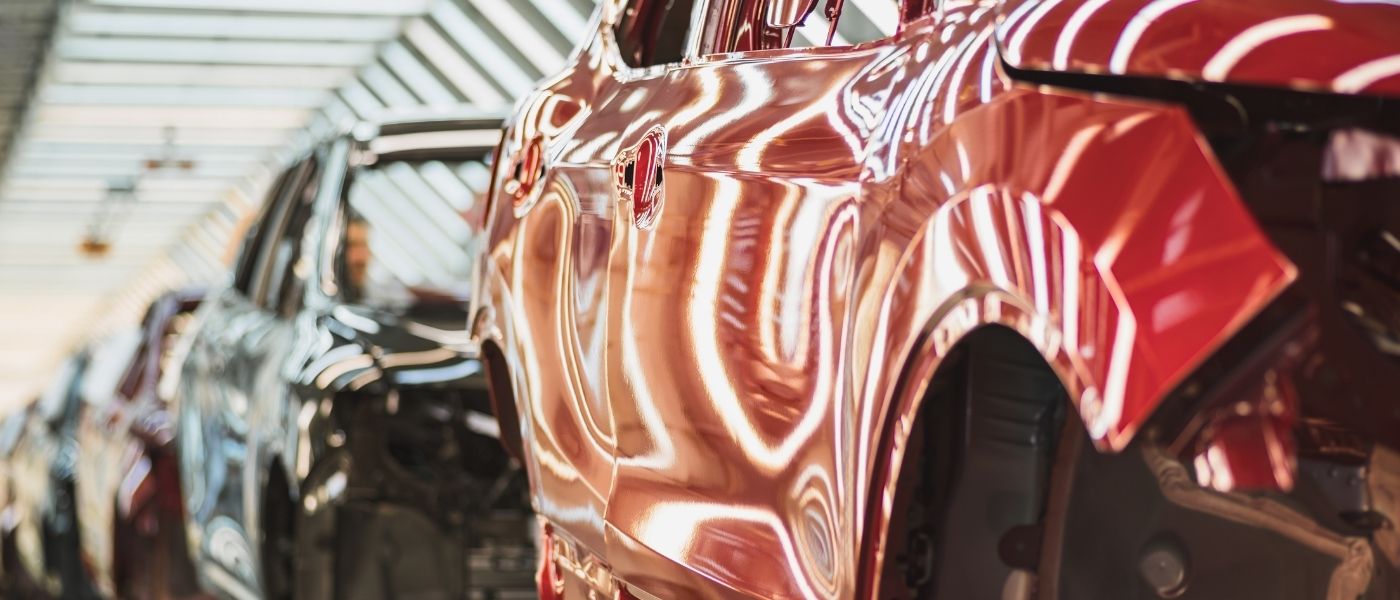We drive cars every day. We love to look at them, we love to research them, and we love to push them to their limits. But how often do we think about how they’re made?
When it comes to making a car, it takes between two and five years for the vehicle to come to fruition. That includes everything from design to fabrication to launch.
That has many of us asking: how are cars made? Here’s a step-by-step guide to the process.
Step One: Gather Raw Materials
From inspiration to the final product, raw materials keep the design process going. Designers consider a variety of raw materials to take their idea and manifest it as a reality. Materials that are sustainable, lightweight, and affordable are top considerations.
Step Two: Design
A talented automotive artist will sketch the car’s initial design, which includes its interior and exterior. Next, a 3D model of the vehicle is crafted, which will be revised multiple times until it’s absolutely perfect. Specifications such as aerodynamics, safety, weather, and fuel economy are all analyzed during the design phase.
Step Three: the Stamping Plant
Steel car parts are fabricated at the stamping plant where they are stamped with dies to form various parts. Robots stamp various sheet metal parts, including the car’s frame, doors, hood, and roof. A process called reaction injection molding may also be used to fabricate various parts.
Step Four: the Body Shop
Once the steel and sheet metal parts are ready, everything is moved to an assembly line. Robots and people will put the vehicle together. Oftentimes, people manually attach various parts and robots complete tasks such as welding, soldering, and gluing parts to the car.
Step Five: the Paint Shop
After most of the car is put together, it will be detailed. The detailing process features deep cleaning and painting.
Step Six: Engine Fitment
When the car is detailed, the engine, transmission, axels, and the exhaust system are added. Tires are also added at this stage.
Step Seven: Quality Assurance
With the car fully ready to drive, professionals will test it for safety and quality assurance purposes. Some of the factors professionals look for are
- Design imperfections
- Whether the engine works as it should
- Headlight distance and brightness
- Whether the brakes work properly
- Whether the car’s programming works properly
- Whether electrical units work properly and are safe for use
- How well the car performs during crash testing
Step Eight: Launch To the Public
Once the car passes all tests, it’s then presented to the public. Then, it will be produced for placement on dealership lots.


